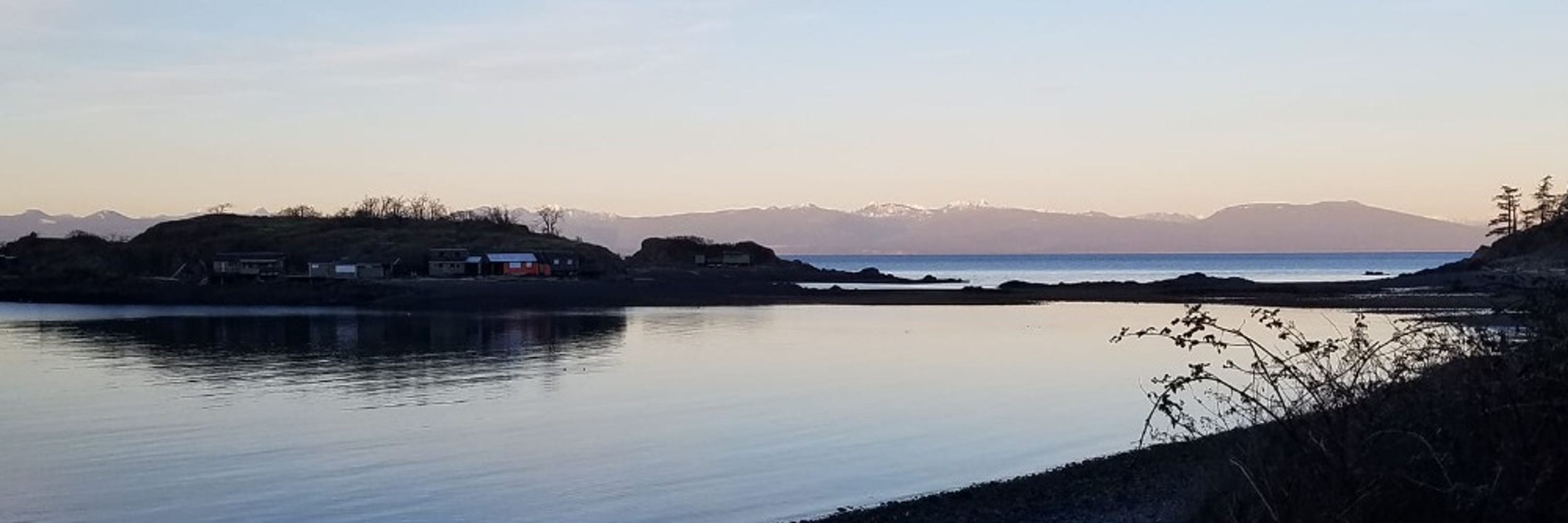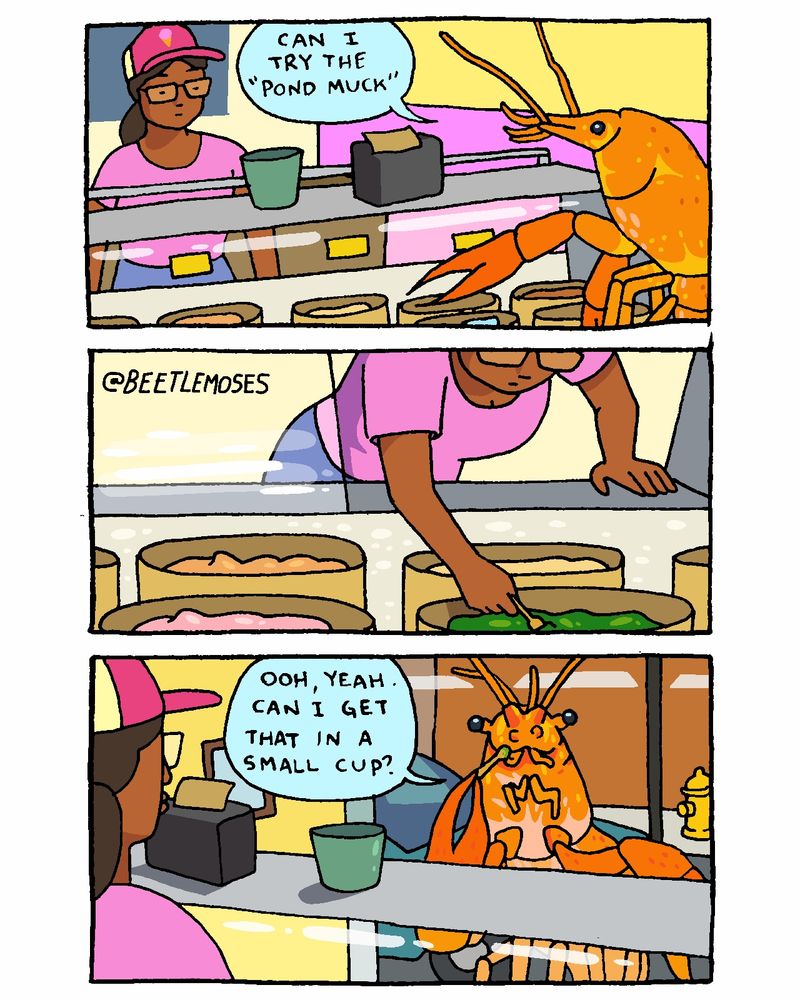Eric R. Larson
@ericrlarson.bsky.social
2.5K followers
4.7K following
130 posts
Associate professor in freshwater ecology, University of Illinois at Urbana-Champaign. Crayfish, invasive species, environmental DNA, and more. https://publish.illinois.edu/erlarson/
Posts
Media
Videos
Starter Packs
Reposted by Eric R. Larson
Reposted by Eric R. Larson
Reposted by Eric R. Larson
Reposted by Eric R. Larson
Chicago Tribune
@chicagotribune.com
· Aug 23

New database catalogs plant species in latest effort to restore prairies
The RELIX catalogues every plant species in 353 prairie remnants — parts of the native grasslands of the midwest that were not converted to farmland during colonization.
www.chicagotribune.com
Eric R. Larson
@ericrlarson.bsky.social
· Aug 19
Eric R. Larson
@ericrlarson.bsky.social
· Aug 12



























